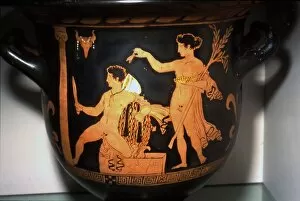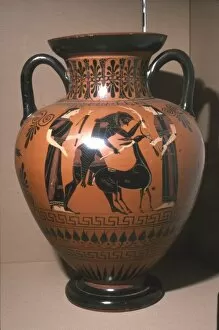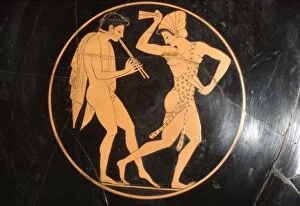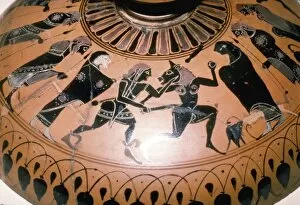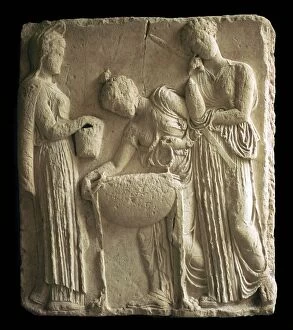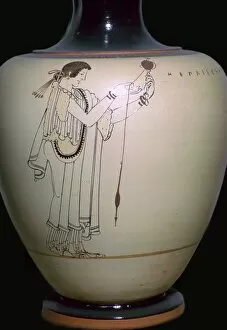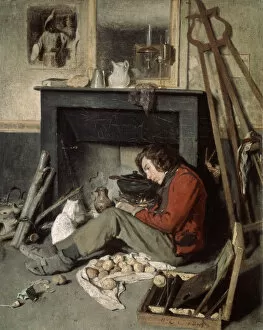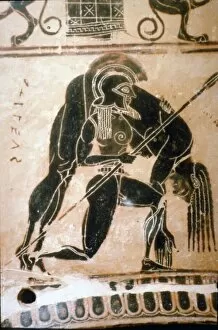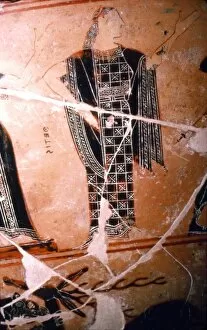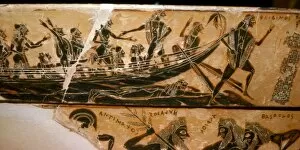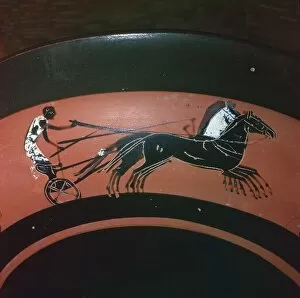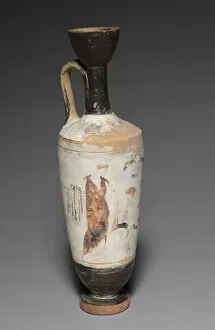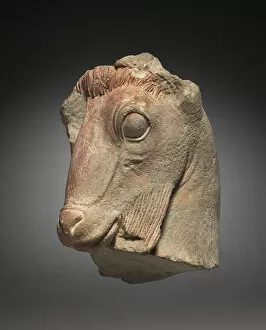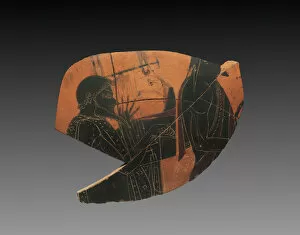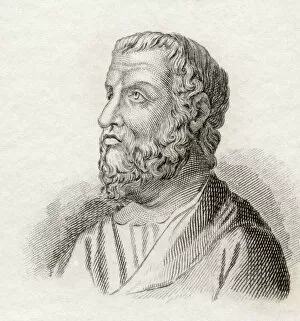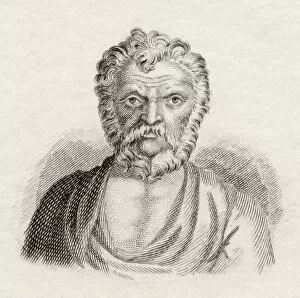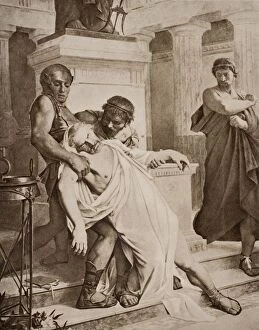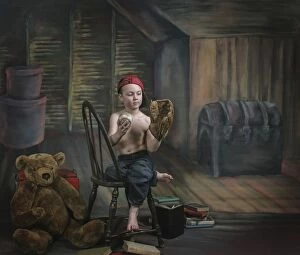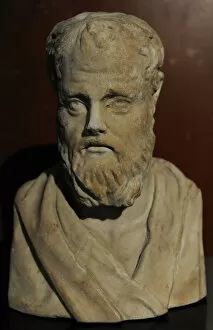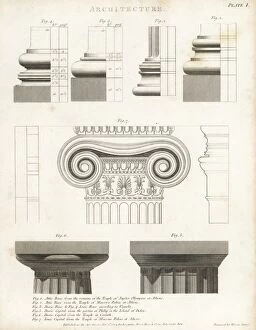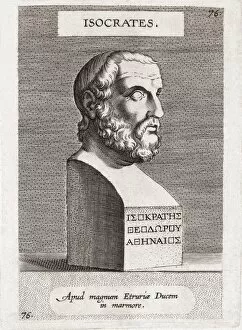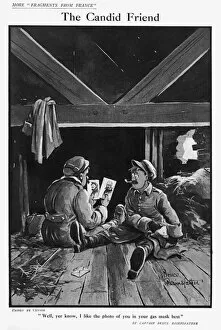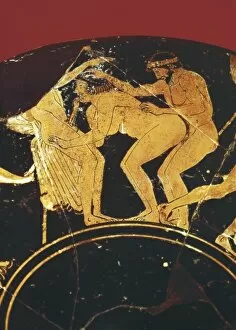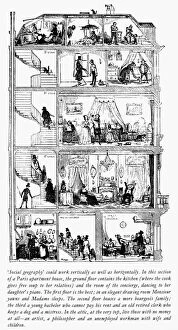Attic Collection (page 8)
"The Attic: A Timeless Sanctuary of History and Imagination" Step into the attic of Anne Frank House, where whispers of the past echo through its walls
For sale as Licensed Images
Choose your image, Select your licence and Download the media
"The Attic: A Timeless Sanctuary of History and Imagination" Step into the attic of Anne Frank House, where whispers of the past echo through its walls. Amongst the treasures hidden within, a marble statue of Hermes by Praxiteles stands tall, exuding grace and beauty. Gaze upon the Panathenaic prize amphora with its lid adorned by a figure of Athena, transporting you back to 363-2 BC. This terracotta masterpiece tells tales of ancient glory and honor. In this attic's enchanting world, meet Sara Crewe and her loyal companion Becky from "A Little Princess, " their imaginations soaring as they embark on countless adventures. The maid silently observes their playfulness while tending to their needs. Witness Heracles battling ferociously against the Nemean lion on an Attic black-figure amphora from Vulci. The intensity captured in this artwork leaves you breathless, reminding us that even heroes face daunting challenges. Marvel at Athena fiercely fighting between Hector and Achilles; her wisdom guiding them amidst chaos. This scene portrays bravery intertwined with strategic brilliance - a testament to Greek mythology's enduring power. Behold the Sphinx of Naxos perched majestically in this attic space; its enigmatic gaze captivating all who dare to enter. Riddles unsolved yet mysteries embraced – it invites contemplation and curiosity. Dormer windows bathe this Parisian attic in soft sunlight, illuminating every corner like scenes from La Boheme by Puccini himself. Here love blossoms amidst hardship as artists find solace within these walls. Transported further back in time, witness a thrilling foot-race from the 6th century B. C. , where competitors push themselves beyond limits for victory's sweet embrace. Their determination inspires generations to come. Join Sherlock Holmes and Watson as they unravel mysteries hidden within these very rafters - clues waiting patiently for discovery beneath dust-covered trinkets. The attic becomes their sanctuary of deduction and intrigue.


